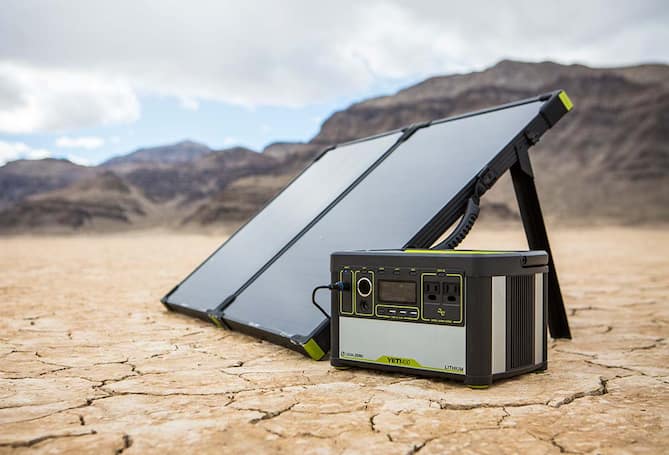How to Choose a Portable Solar Charger

Keep the lights on using the power of the sun.
The need for a power source to recharge electronic gadgets and use amenities such as LED camping lights in remote locations continues to grow, increasing the demand for portable power sources. Of the various off-grid power options, portable solar chargers stand out as the preferred solution. If you're new to this technology, you have probably asked yourself: Are solar chargers worth it? And the answer is yes because these chargers offer convenience and are environmentally friendly.
The key thing to remember when using solar chargers is how to maximize their potential. You need to align the solar panels correctly to gather the maximum amount of energy. Due to the high availability of solar energy, these chargers are a suitable option for long trips that require multiple recharges. If you're planning for the next outdoor adventure or camping trip, this guide answers the question, "What is the best portable solar charger?"
Types of solar chargers.
1. Panel-only chargers.
2. Panels with integrated battery chargers.
3. Panels with detached battery chargers.
Gadgets to power using the solar charger.
Length of use or trip duration.
Climate and weather.
Charging speed.
Size and weight.
Durability.
Portable solar chargers are durable to support use during outdoor recreation. Some shockproof models can withstand heavy impact, such as falls and bumps, for increased durability. These charging devices often have tough casings and some flex points to protect the equipment from mechanical damage. Made of ultraviolet (UV)-resistant components, most outdoor solar chargers have rugged contact wiring to enhance longevity. Be sure to check the waterproof and ingress protection (IP) rating of the specific charger model before opting for one. Since rechargeable batteries have varying recharge cycle ratings, opt for models with higher ratings for enhanced performance.
Now that you've learned how to use solar chargers and what to look for when buying one, you’re more prepared to choose the best one for you to enjoy being connected on your next outdoor excursion.